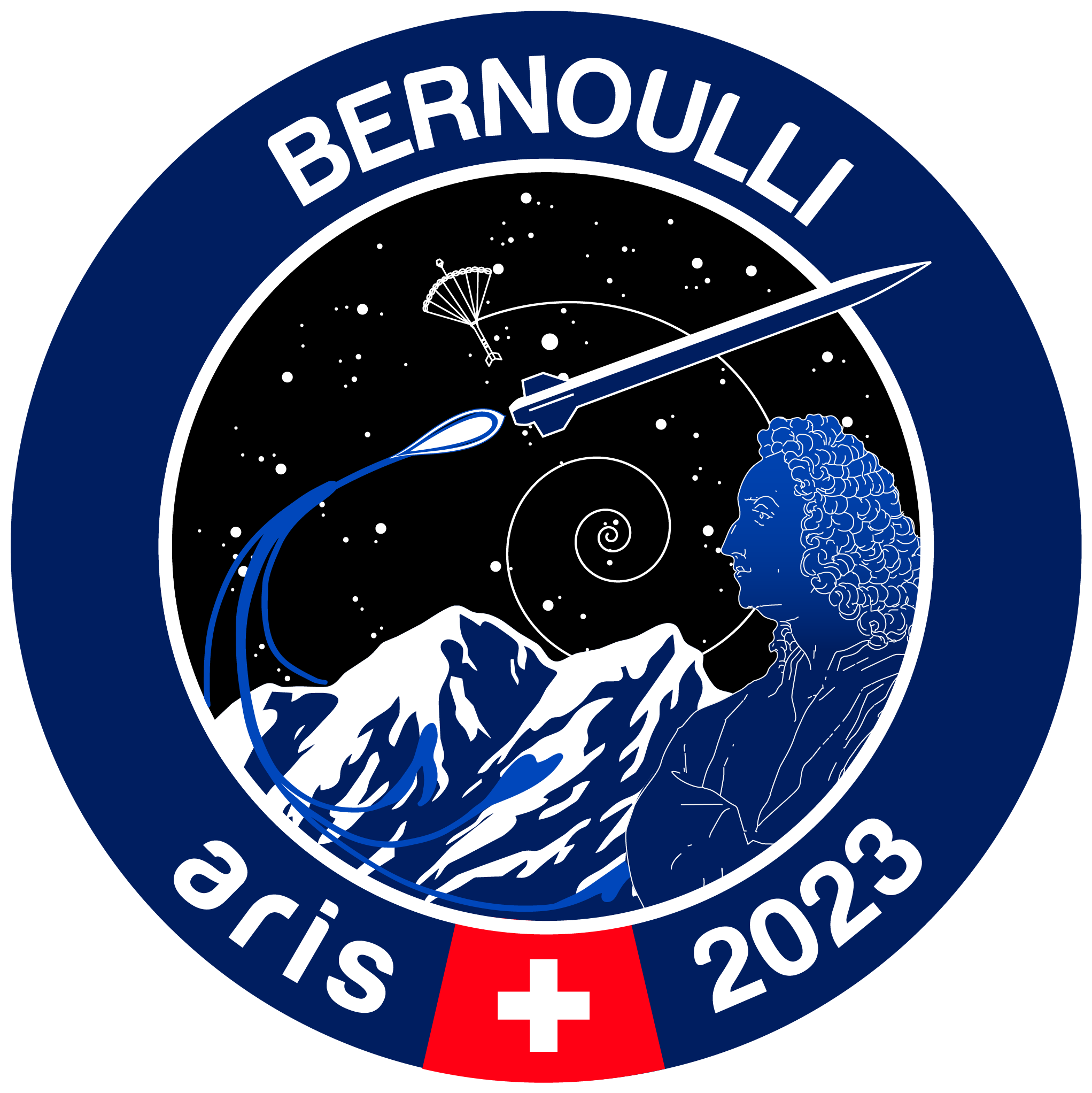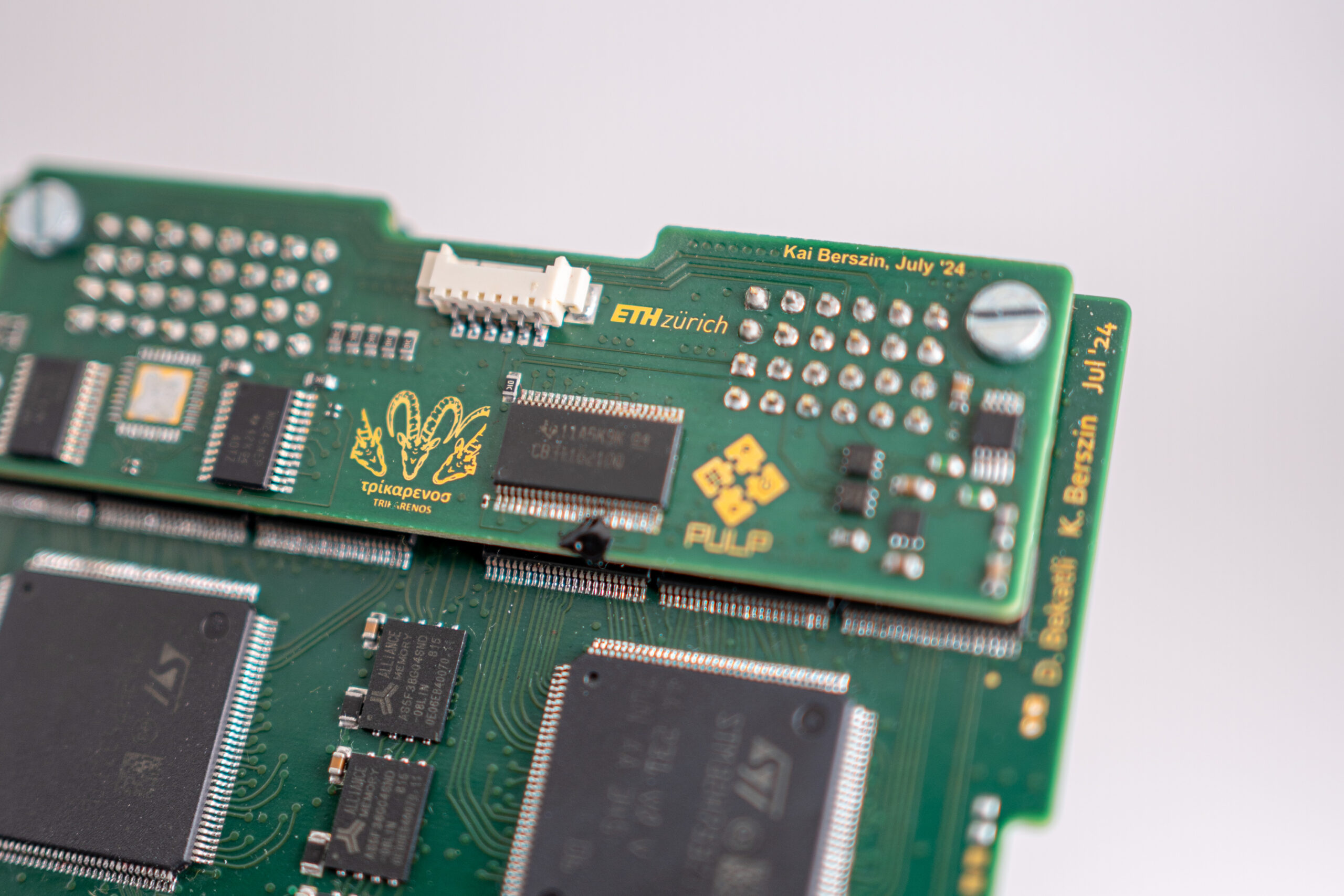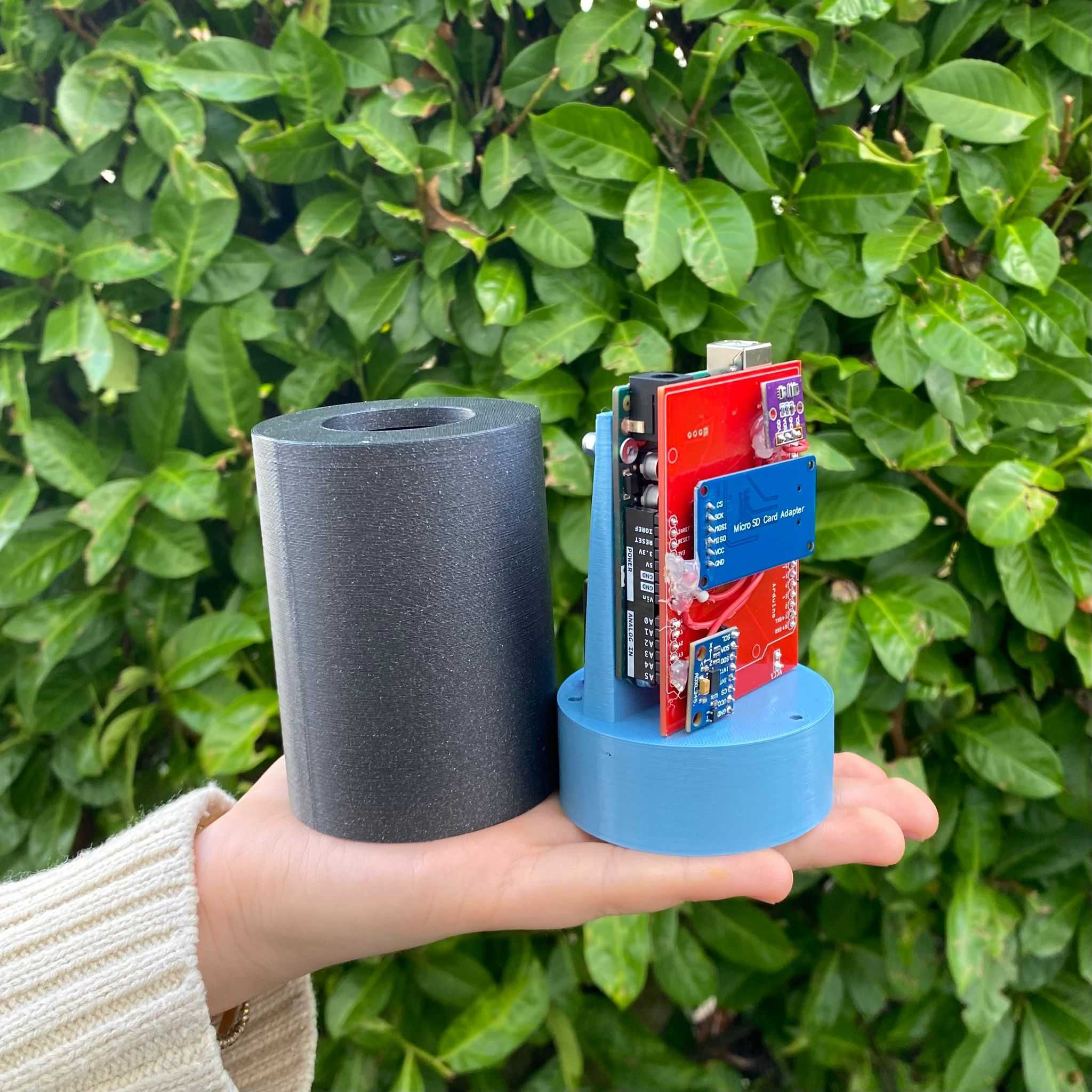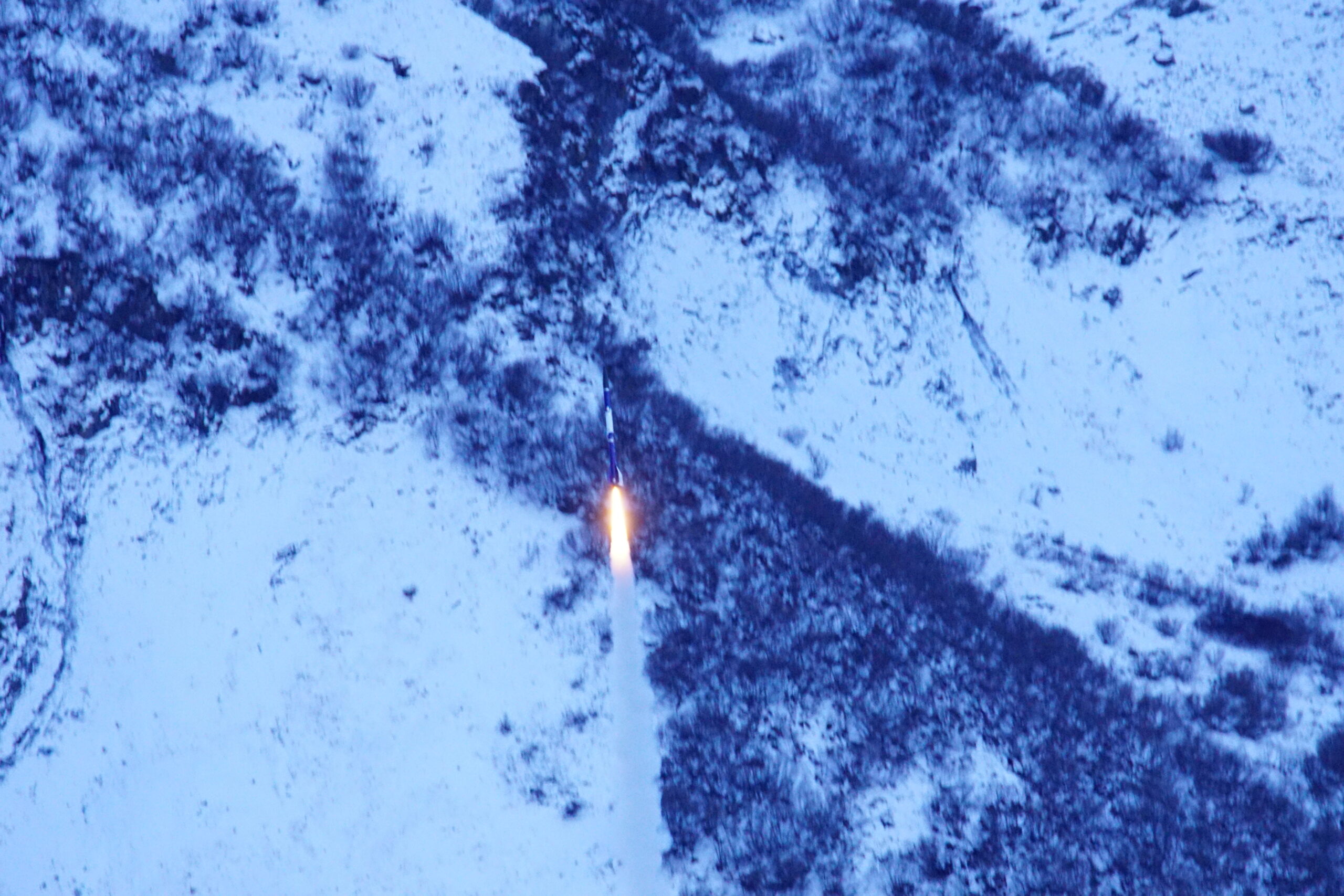The Project
Project BERNOULLI, named after the Swiss mathematician and physicist Daniel Bernoulli, is the first rocket within ARIS, which combines the systems of three previously successful flown projects into one rocket.
The Team consists of over 50 Bachelor and Master students of various disciplines, including mechanical and electrical engineering, multiple natural sciences, mathematics, and business administration of both the ETH Zürich, and the ZHAW.
The rocket is built with a full in-house developed hybrid-propellant engine and an autonomous guided recovery system and will launch at the European Rocketry Challenge 2023 in the 9000m SRAD competition.
Project BERNOULLI is laying a solid and important foundation for the next generation of competition rockets within ARIS, by implementing three systems into one rocket, improving their reliability, and developing reliable documentation methods.

The Goals
Team BERNOULLI will join the success story of ARIS and carry the heritage of the ancestor rockets to the next stage towards Space by fulfilling the following goals.
1. Combining the systems of HELVETIA, ASTREA and PERIPHAS into one rocket.
2. Having a successful Launch, Flight, and Landing at the European Rocketry Challenge 2023 in the 9000m SRAD competition.
3. Supporting excellent team collaboration and spirit throughout the whole project.
The Numbers
The Engineering

Our rocket can be broken down into individual subsystems.
Here is a short overview of all of them.
Payload (Muon Detector): Bernoullis Payload is a particle detector, compactly installed in 3 standard CubeSat units (U). The system relies on a waveform digitizer, which converts inputs from 16 Channels simultaneously. This allows not only counting, but also precise measurement of angle of incidence. In case of a successful launch, the theory of special relativity can be proven using measurement data, among other things. Because of its versatile application, a particle detector can be implemented in future Aris missions which aim for greater heights.
Recovery (Autonomous Guided Recovery System): At apogee the Nosecone separates and a drogue parachute deploys, slowing the rocket to 28m/s descent velocity. At 450m AGL the main parachute deploys. Once stabilized, the Guidance, Navigation and Control software steers the parachute in an slalom formation with a descent speed of 7m/s. Finally, approximately 50m AGL, the parachute is steered into a straight line while further slowing the rocket down to a touchdown velocity of 6m/s to prevent damage.
Avionics (Flight Electronics): The Avionics section comprises all the electronics in the rocket body with the main flight computer at its heart. The PCBs are arranged in a modular stack design and house the centralised power supply, telemetry, various sensors, GPS and the control circuitry for actuators in the Engine and Recovery section. The main flight computer, a Raspberry Pi Compute Module, runs a finite state machine, a state estimation algorithm, and the guided navigation control for the steering of the parachutes. A second Raspberry Pi is used to record and stream the rocket’s surroundings from the view of two wide angle cameras.
Structures (Structural Integrity): From the tip of the Nosecone down to the bottom of the boattail, every structural element is covered by the Structures subteam. Their main objective is the structural stability and integration of the whole rocket, ensuring that we make it to apogee and back as Team BERNOULLI. In the early stages, Structures is responsible for designing parts and validating their designs using tools such as FEM analysis before transitioning to in-house manufacturing and assembly of the rocket towards the later half of the project.
Engine and Tank (Hybrid Rocket Engine): The next generation of ARIS hybrid rocket engines. Student Researched and Developed (SRAD) by the BERNOULLI engine team. Our engine uses nitrous oxide as the oxidizer, stored at 60Bar in a structural run tank. This oxidizer flows into the combustion chamber where it reacts with the solid grain to provide 5500N of steady state thrust to BERNOULLI.
Simulations: Simulations are a vital component of the BERNOULLI project, playing a crucial role in predicting the rocket’s apogee and stability during flight, as well as providing state estimation for guided recovery. The in-house developed simulation tool offers valuable insights into the behavior of the rocket throughout its mission, from launch to recovery.
Ground Station (Mission Control): BERNOULLI’s Ground Station consists of senders and receivers that communicate with the rocket via telemetry. Mission critical control signals such as arming, ignition, launch abort and emergency spiral triggering can be sent. During the filling process, crucial data about the Engine’s section can be monitored. It also allows for viewing the flight via the onboard livestream cameras as well as reading out and recording flight data live.
Remote Filling Station: The remote filling station provides the rocket with oxidizer and power. Approximately 22kg of liquid oxidizer are filled into the tank. Additionally power is provided for all the electronics of the rocket while on the launchpad. The entire station is designed for operation in any environment, from hot and dry to cold and wet.
The Team

BERNOULLI is an interdisciplinary team of over 50 Bachelor and Master students of various disciplines including mechanical and electrical engineering, multiple natural sciences, mathematics, and business administration of both the ETH Zürich and the ZHAW. The Team is building a rocket that incorporates ARIS’s learnings of the ancestor rockets into a highly reliable supersonic system. The BERNOULLI Rocket will fly in the 9.000 Meter category at the European Rocketry Challenge in 2023.
Curious? Join US!
The Updates
The Milestones
SDR
9. October 2022
During the System Definition Review (SDR), we presented our team, defined our goals and looked at possible problems and solutions to complete the task.
PDR
08. November 2022
In the Preliminary Design Review (PDR) initial design concepts and simulations were presented. Valuable feedback allowed us to go into the converging phase of the design process with a head start.
CDR
12. December 2022
During the Critical Design Review (CDR), we presented our calculations and the final design choices we made. With great feedback gained, we’re now ready to add the finishing touches to our designs.
Design Freeze
21. December 2022
We have completed our concept and incorporated the feedback we received during the Critical Design Review. We have also finalized our technical drawings and ordered the necessary parts. Now, we are excited to move forward with the next step of building the rocket!
Readiness Review
10. June 2023
…
In-House Manufacturing
February - May 2023
The second phase of the project starts off with in-house manufacturing, where we’ll be bringing together all the necessary elements such as carbon fibre, epoxy, PCBs, and aluminium to create our very own rocket.
Testing Phase
May - June 2023
In order to guarantee a safe and reliable launch, we conduct a thorough testing campaign, which includes engine firings, tensile strength tests, and helicopter drop tests among others
ARGOS Launch
24. June 2023
Nothing beats a real launch, which is why we will be putting our full avionics system to the test with a smaller rocket.
EUROC 2023
October 2023
The most important Milestone for Project BERNOULLI. The successful Launch, Flight and Landing at the EuRoC 2023. Project BERNOULLI will represent ARIS and comped in the 9.000 meter SRAD hybrid rocket engine category in Portugal.










Social Contact